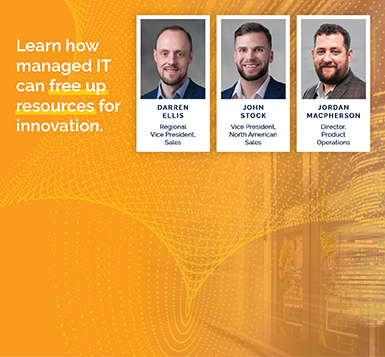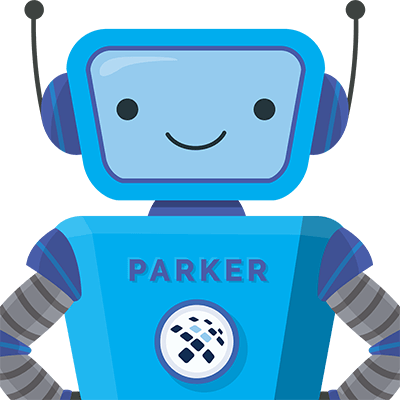3 options when facing an EOSL announcement
Park Place Hardware Maintenance
An end-of-service-life announcement can spell trouble for IT managers. When the OEM decides it will no longer support a line of hardware, IT teams are left scrambling trying to figure out what they can do to deal with the problem without breaking the budget. There are three primary options for IT managers trying to deal with an EOSL announcement, but some of the options come with new challenges of their own.
Option 1: Refresh hardware
This may be the most common choice for IT managers because, for a long time, many have been forced to comply with the whims of OEMs. If you are not getting Dell support from Dell, where else are you going to get it? For a long time, there weren’t many trustworthy alternatives out there. This is changing, but many IT leaders still fall into traditional patterns and see an EOSL announcement as their cue to refresh hardware.
The problem with this strategy is that it can be an incredibly wasteful use of IT resources. Say you have a storage system that offers a few important capabilities that make it a perfect fit for a few of your databases. Do you really want to replace it with a new solution that may not be as good of a match just because the device has reached its EOSL date? Unnecessary hardware refreshes can be a waste of resources, and there are ways to avoid them.
Option 2: Self maintain
For the most part, organizations will only self maintain hardware in extreme situations when there are not any other options. Historically, an EOSL date has meant the end of other options, and some companies have chosen to self maintain hardware to avoid an unnecessary hardware refresh.
While self maintenance can be helpful if an organization happens to have a few members on staff with the capabilities to troubleshoot problems, identify the right parts to fix them and to install the new solutions, it can also make a company overly dependent on one or two workers. What happens if a server fails and the only person who knows how to fix it is on vacation and unreachable?
Self maintenance can also lead to extended downtime as getting new parts can take a long time to arrive when a specific component is being purchased to solve a problem. One of the key advantages of a maintenance plan is that vendors have access to a large parts supply chain that lets them make repairs quickly.
Option 3: Third-party hardware maintenance
Many IT leaders still don’t know that other options even exist, but the third-party hardware maintenance sector has been growing and maturing, giving IT managers a viable option for support that extends well beyond the EOSL date. A third-party provider can offer various forms of OEM support without facing the same limitations of the OEM. Manufacturers operate with their primary competencies focused on sales, as their business model is built around getting IT leaders to purchase new systems. A dedicated maintenance vendor, on the other hand, focuses all of its operations on process excellence in various types of support.
The end result of this competency shift is an ability to offer high-quality maintenance and customer support for costs that are often between 40 and 60 percent less expensive than the OEM. Furthermore, the focus on supporting legacy systems means that field engineers have the expertise to maintain legacy systems for an extended period of time.
Not too long ago, IT managers facing an EOSL announcement only had two options – refresh or self maintain. The rise of third-party maintenance providers enables organizations to extend support cycles and maximize the value of their hardware.



